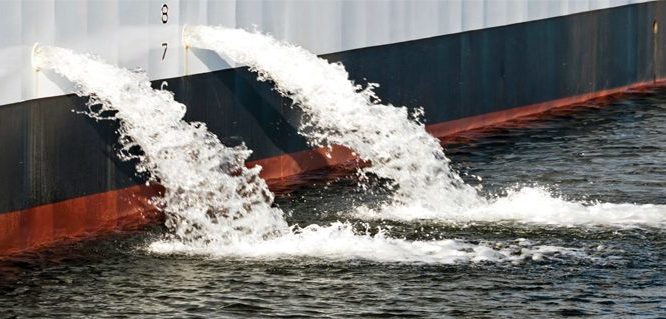Many companies promote their support for diversity and inclusion, saying that the broadcast their desire to hire people from all backgrounds. this is something that has become a priority for many people when looking for work. However, how can you make sure that an employer takes their diversity and inclusion initiatives seriously?
Companies value diversity and inclusion as its important to their potential employees. In fact, employers are getting that people value diversity and inclusion and are now stepping up to the plate. Most people want to work for a company that offers an inclusive workplace, but it can be difficult to determine if an employer is fully inclusive.




